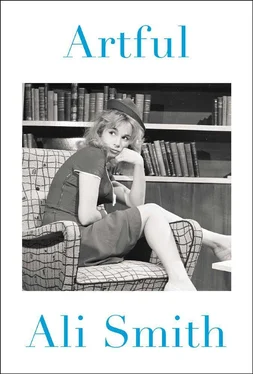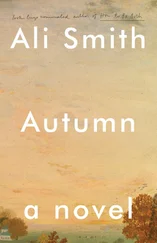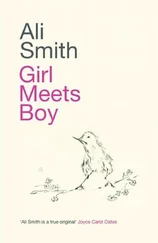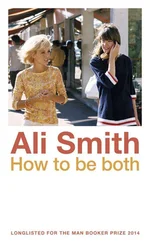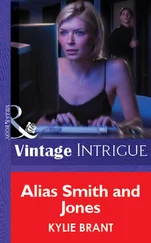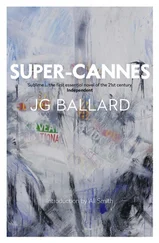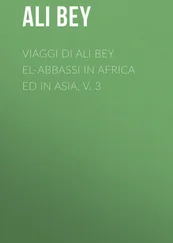Then there were a few lines scribbled out, I couldn’t read them, then legible again more of your own words: suggests what metaphor might be for, if ‘warmth’s the very stuff of poesy,’ and takes the form of a prayer whose closing lines are:
Oh, God, make small
The old star-eaten blanket of the sky,
That I may fold it round me and in comfort lie.
A writer like Flaubert (you continued), on the other hand, seems keen precisely to avoid the personalizing comforts of metaphor. One of the most recent translators of Madame Bovary, Lydia Davis, notes: ‘In keeping with his plain, almost clinical approach to the material, he schooled himself to be very sparing with his metaphors. Often enough, in his intensive revising, the version he cut was more lyrical than the one he let stand.’ In Madame Bovary, a novel very much about the responsibilities of literature, Flaubert goes out of his way to literalize metaphor when he uses it:
Love, she believed, must come suddenly, with great thunderclaps and bolts of lightning, — a hurricane from heaven that drops down on your life, overturns it, tears away your will like a leaf, and carries your whole heart off with it into the abyss. She did not know that the rain forms lakes on the terraces of houses when the drainpipes are blocked, and thus she would have lived on feeling quite safe, had she not suddenly discovered a crack in the wall.
Metaphor has, he suggests, mundane literal consequence. And what might be called his most noted, most famous simile in Madame Bovary, which comes when Rodolphe, the seducer, is weighing up the worth of his affair with Emma, suggests Flaubert’s vision of the shortchanging that happens when forms become fixed or clichéd; his underlying suggestion is that form must reinvent itself if it is to be meaningful or to continue being able to mean:
He had heard these things said to him so often that for him there was nothing original about them. Emma was like all other mistresses; and the charm of novelty, slipping off gradually like a piece of clothing, revealed in its nakedness the eternal monotony of passion, which always assumes the same forms and uses the same language. He could not perceive — this man of such broad experience — the difference in feelings that might underlie similarities of expression. Because licentious or venal lips had murmured the same words to him, he had little faith in their truthfulness; one had to discount, he thought, exaggerated speeches that concealed mediocre affections; as if the fullness of the soul did not sometimes overflow in the emptiest of metaphors, since none of us can ever express the exact measure of our needs, or our ideas, or our sorrows, and human speech is like a cracked kettle on which we beat out tunes for bears to dance to, when we long to move the stars to pity.
On this subject of literal consequence, a form of Flaubert’s formal mistrust — his concern about language’s metaphoric metamorph for good or ill — occurs in the writing of a man who remade the novel entirely, W. G. Sebald. In his last work, Austerlitz (translated here by Anthea Bell) — and arguably his most novel-like novel, while simultaneously a work intensely uneasy with notions of fiction and with itself as a fiction — in its most virtuosic, most tortuous, darkest passage, an eleven-page-long single sentence about the concentration camp Theresienstadt and about relentless connectivity, paralleled here in both language and industrialized mass murder, he uses simile only once , to describe prisoners who’ve been made to stand in ranked rows and in severe winter weather for many hours, ‘bowed and swaying like reeds in the showers that now swept over the countryside.’ Immediately after this, the foul paint-job preparation and transformation of the camp by the Nazis to make it look, for the benefit of Red Cross visitors, like a holiday resort, takes place, with the almost-inference that it was this moment of simile slippage, in a novel whose subject is the telling of truths, which made this fabrication possible.
‘In the very essence of poetry there is something indecent,’ Czesław Miłosz says in his poem Ars Poetica? (translated into English by himself and Lillian Vallee):
a thing is brought forth which we didn’t know we had
in us,
so we blink our eyes, as if a tiger had sprung out
and stood in the light, lashing its tail.…
The purpose of poetry is to remind us
how difficult it is to remain just one person,
For our house is open, there are no keys in the doors,
and invisible guests come in and out at will.
What I’m saying here is not, I agree, poetry,
as poems should be written rarely and reluctantly,
under unbearable duress and only with the hope
that good spirits, not evil ones, choose us for their instrument.
In the aesthetic act something comes to life. That’s a good phrase for it, comes to life , suggesting both something separate, apart from life, extra, from elsewhere, and something not alive in the act of being invested with life. The phrase brought to life does this same double take.
This is Graham Greene, on reading War and Peace: ‘When I finished it, I felt, What’s the use of ever writing again — since this has been done. The book was like some great tree, always in movement, always renewing itself.’ (It didn’t stop him writing, though.) This is what Katherine Mansfield wrote in note form inside her copy of Aaron’s Rod by DH Lawrence: ‘There are certain things in this book I do not like. But they are not important, or really part of it. They are trivial, encrusted, they cling to it as snails to the underside of a leaf — no more, — and perhaps they leave a little silvery trail, a smear, that one shrinks from as from a kind of silliness. But apart from these things is the leaf, is the tree, firmly planted, deep thrusting, outspread, growing grandly, alive in every twig. All the time I read this book I felt it was feeding me.’
3: Putting the I’s in Proliferation: Form and Multiplicity
This section was hardly formed at all. It was just handwritten notes. There was a passage from Katherine Mansfield about a whole hotel’s-worth of selves all combining to make just one single self, and a note from Virginia Woolf about the vital importance of being more than one gender: ‘It is fatal to be a man or woman pure and simple; one must be woman-manly or man-womanly…Some marriage of opposites has to be consummated.’ Then there was a name, underlined. Kusama. Japanese? There was a quote after her name: ‘By continuously reproducing the forms of things that terrify me, I am able to suppress the fear.’
Kusama, I worked out from your notes, was a Japanese painter from the twentieth century, still painting now in the twenty-first; you had written down a story about how when she was a young woman her mother, furious at her because she wouldn’t give up her ambition to be an artist, kicked her paint-palette across the room. Color must have spilled everywhere, you wrote. Then you had noted how what Kusama ended up doing was not just making marks on a canvas but bleeding out over the edge of that canvas into the rest of the room with the colors and the marks she was making; she worked with net shapes and polka dots, tiny dots and squiggles which looked like minuscule fish or sperm, or cells or eggs or eyes, or microbes or tiny planets, and she would cover a huge canvas (and then go over the edge into the rest of the space) in these forms, which a viewer would think looked mechanized, repetitive, and identical until, examined close-up, it’d become apparent that each and every one was different.
After this, you’d written the single word in capitals, CÉZANNE, and left the rest of the page blank. The next page, which was the last page of On Form, had a scrawl on it, difficult to read. Did that say Italic? Italian? Cumin? Italian Cumin says near end of his book Six Memos that letters of the alphabet, words, literatures, are combinations, ‘pages of signs, packed as closely together as groins of [must be grains of] sand, representing the many-colored spectacle of the world on a surface that is always the same and always different, like dunes [slitted?] by the desert wind.’ Oh, it was Calvino, it was Italo Calvino, because below that scrawl was a photocopy cut out and stapled on to the page, and it said his name underneath. ‘Think what it would be to have a work conceived from outside the self , a work that would let us escape the limited perspective of the individual ego, not only to enter into selves like our own but to give speech to that which has no language, to the bird perching on the edge of the gutter, to the tree in spring and the tree in fall, to stone, to cement, to plastic…’
Читать дальше
